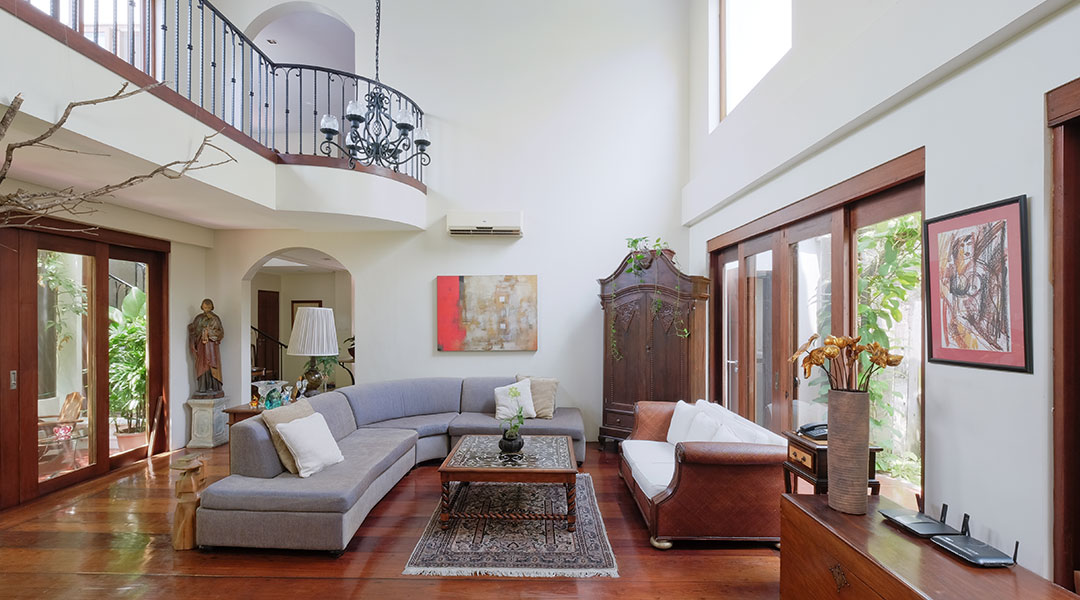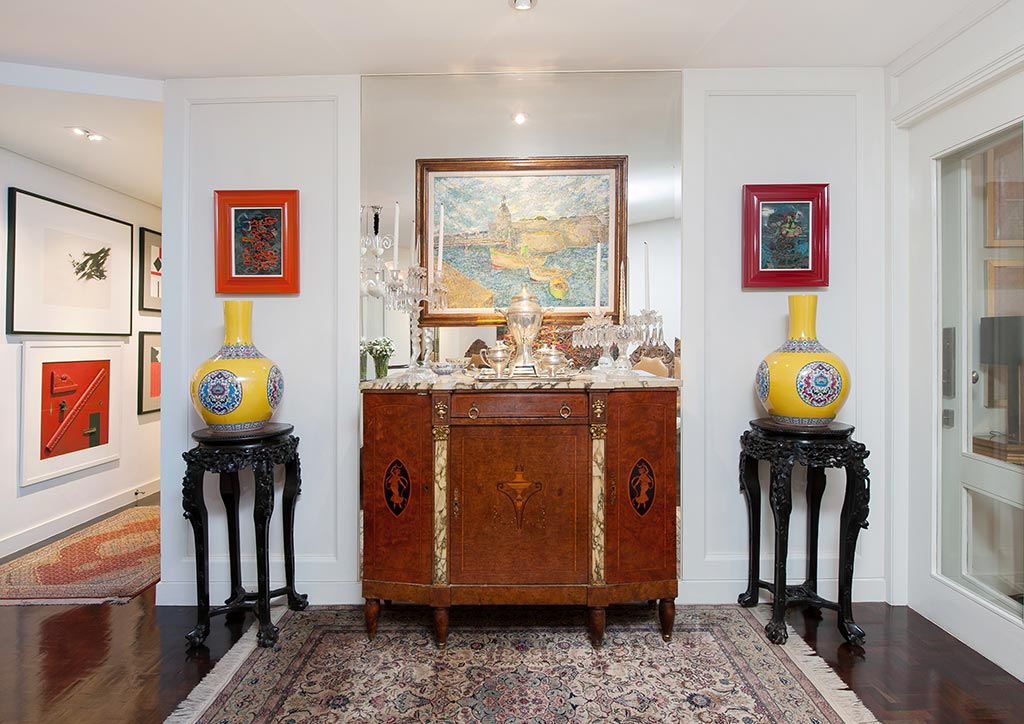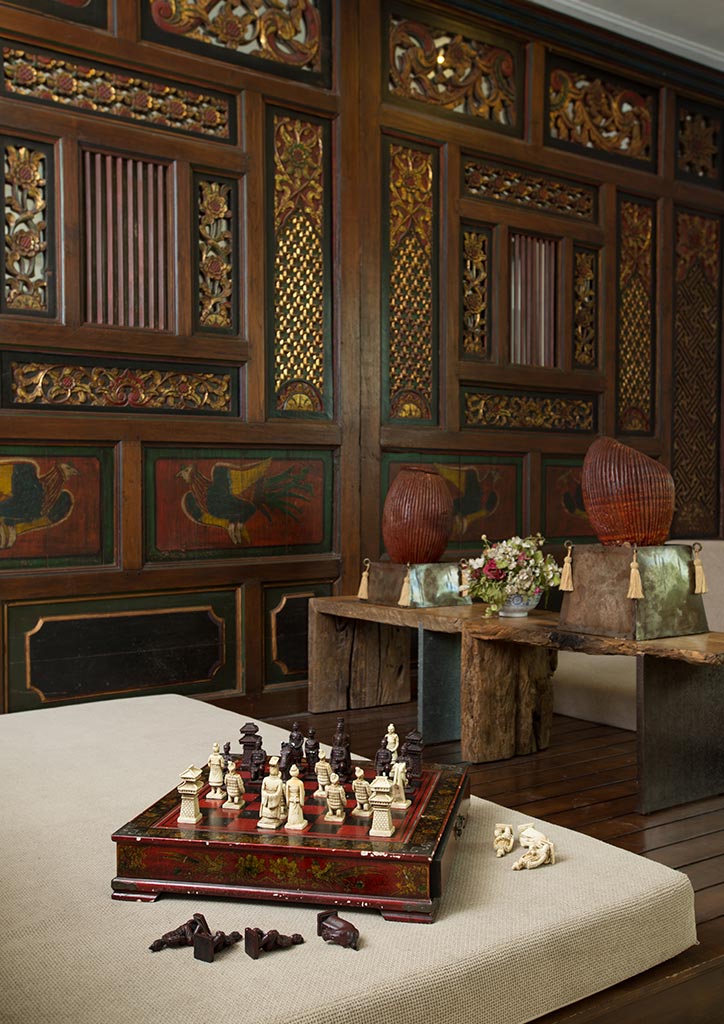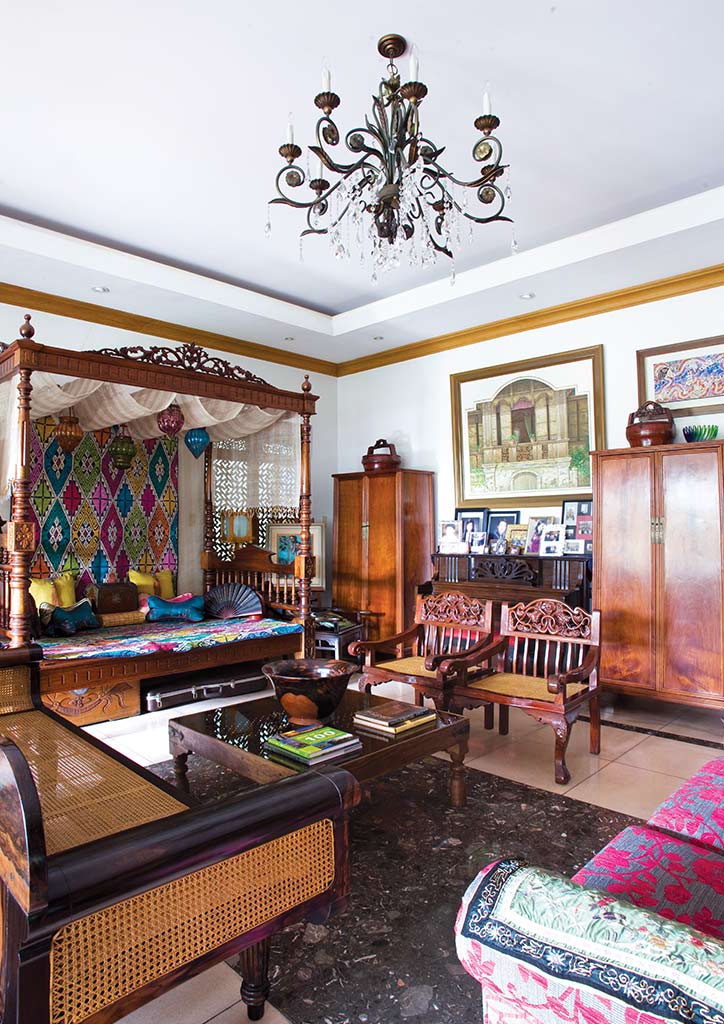
Antique furniture pieces aren’t just identified by age or time period; they are also recognized through unique style characteristics, method of construction, source, and label or brand, among other things. Whether their value is significant or sentimental, taking care of pieces that mean something to you is both important and a wise investment. It makes sense to preserve and maintain something that you can pass down to your children. Antiques require care different from that of modern furniture, so before you finish, fasten parts, or refinish surfaces—all of which can greatly affect the value of your piece—take note of these simple tips to help keep your valuables in perfect condition.
Keep Them Clean
The best way to clean antique furniture pieces is to simply wipe them with a soft, lightly damp, and lint-free cloth, as needed. Wood oil may temporarily enhance their appearance, but these can also attract dust, dirt, and build-up that can be hard to remove over time. Once or twice a year polishing is sufficient. Use a beeswax-based polish instead of the one that contains silicon, which has a tendency to affect the natural oils present in wood.
Store Them Properly
Store antique pieces in a well-ventilated place and make sure they are dry. Water can degrade wood fast, but a complete lack of moisture can also make them brittle and prone to cracking. An area with good air circulation that isn’t hot and dry, or overly wet and humid, is ideal. If you are going to store them for a long time, remove the legs from tables and chairs, drawers from consoles and cabinets, cushions from upholstered pieces, and planks or slats from bedframes. Smaller items can be covered in bubble wrap to prevent breakage. For larger pieces, opt for cloth covers such as sheets and blankets to let them ‘breathe,’ as plastic packaging can cause condensation, which in turn may lead to mold and mildew.

Protect Your Pieces
Keep antiques away from harmful ultraviolet rays and direct sunlight. It is also not advisable to situate them near air-conditioners and other heat sources such as stoves or any artificial lighting that exudes heat. Extremes in temperature and changes in humidity can loosen joints, veneers, and inlays, fade fabric patterns and colors, and affect the integrity of other finishes.
Do Your Research
Before embarking on any extensive refinishing or restoration process, make sure you’ve done your research. Remember that the patina, or the color on wood produced by age or exposure to the elements, contributes to the value of a piece. Once altered, it is almost impossible to bring a piece back to its original state—which is the primary consideration when it comes to maintaining antiques.

Safeguard Antiques from Pets and Insects
Small beetles, termites, and other pests are attracted to wood, leather, and fabrics. Aside from exit holes, a telltale sign that insects have taken over your piece is the appearance of fine sawdust. Roaches can also feed on the build-up of oils and grease, while rodents and small animals can quickly damage upholstered pieces.
Be Vigilant
Periodically check each piece to ascertain their condition. Check for potential problems or damage and address them right away. Keeping your antiques in good condition not only prolongs their life, but increases their value as well.



